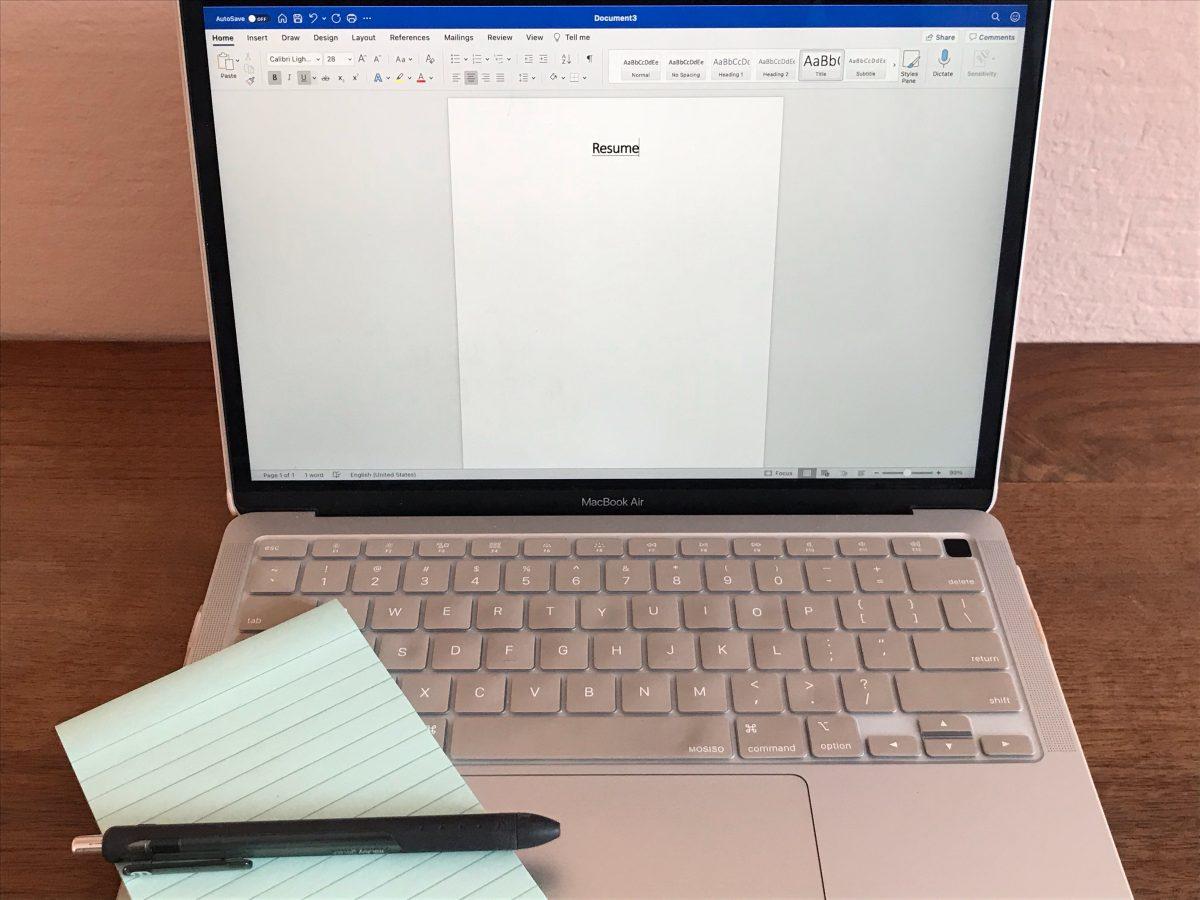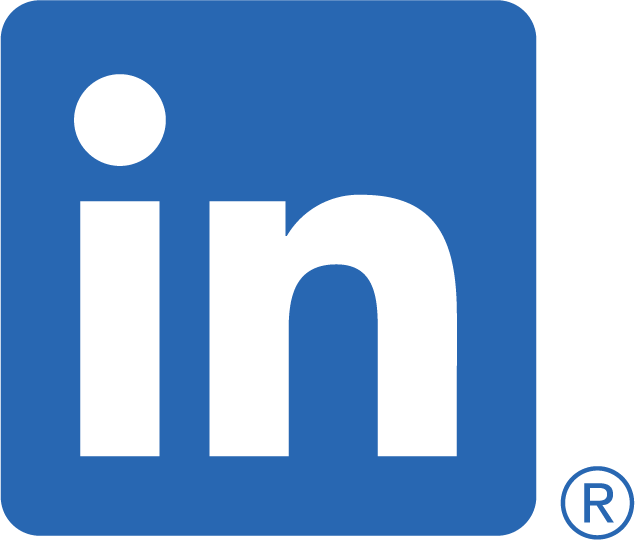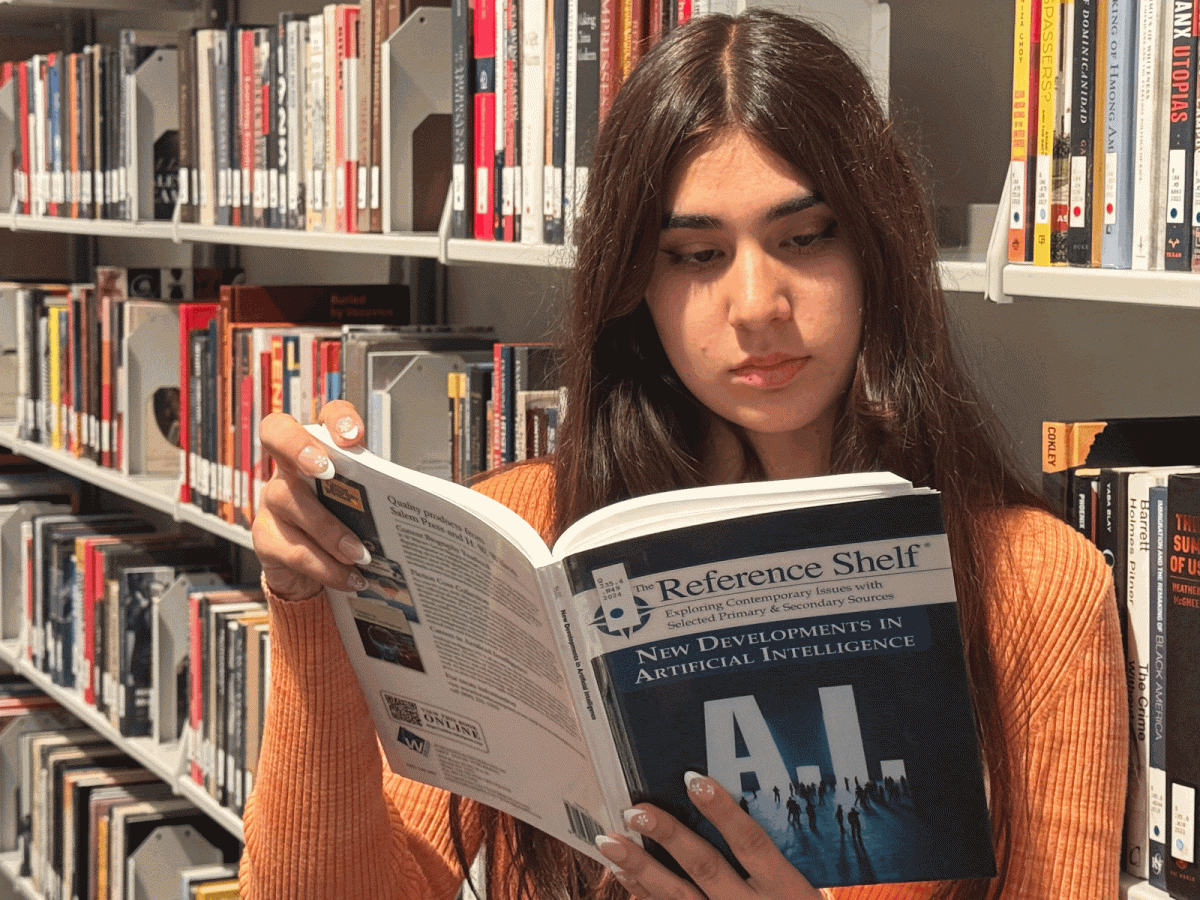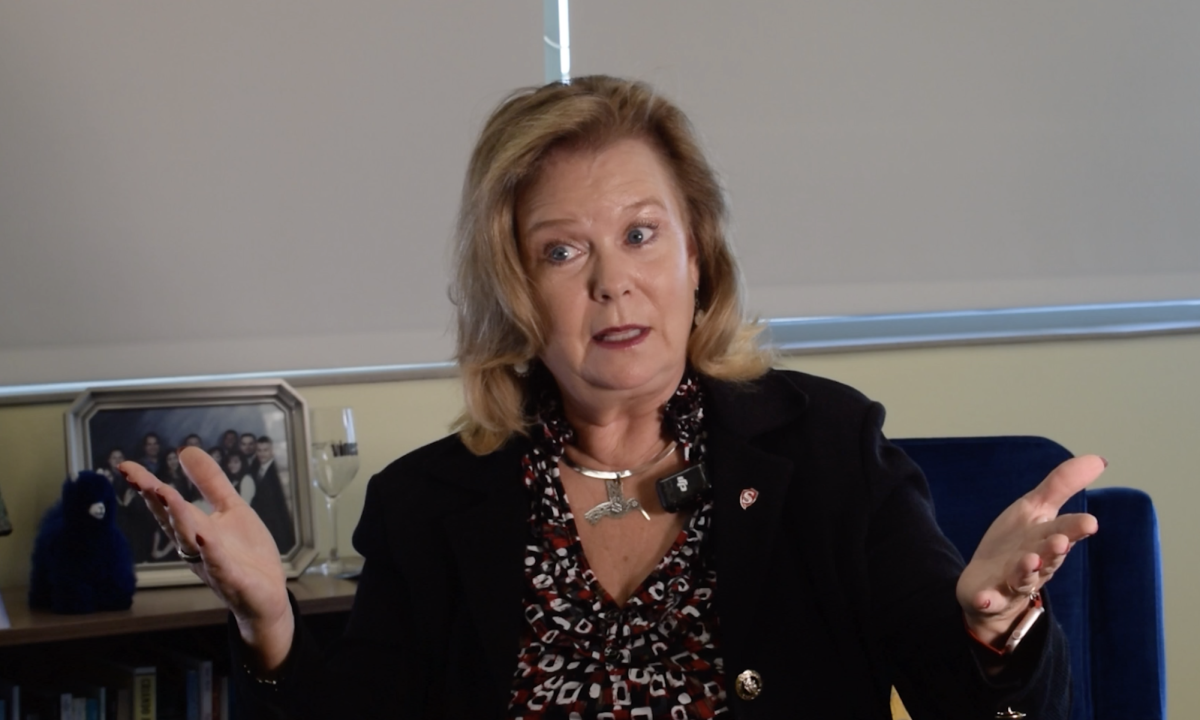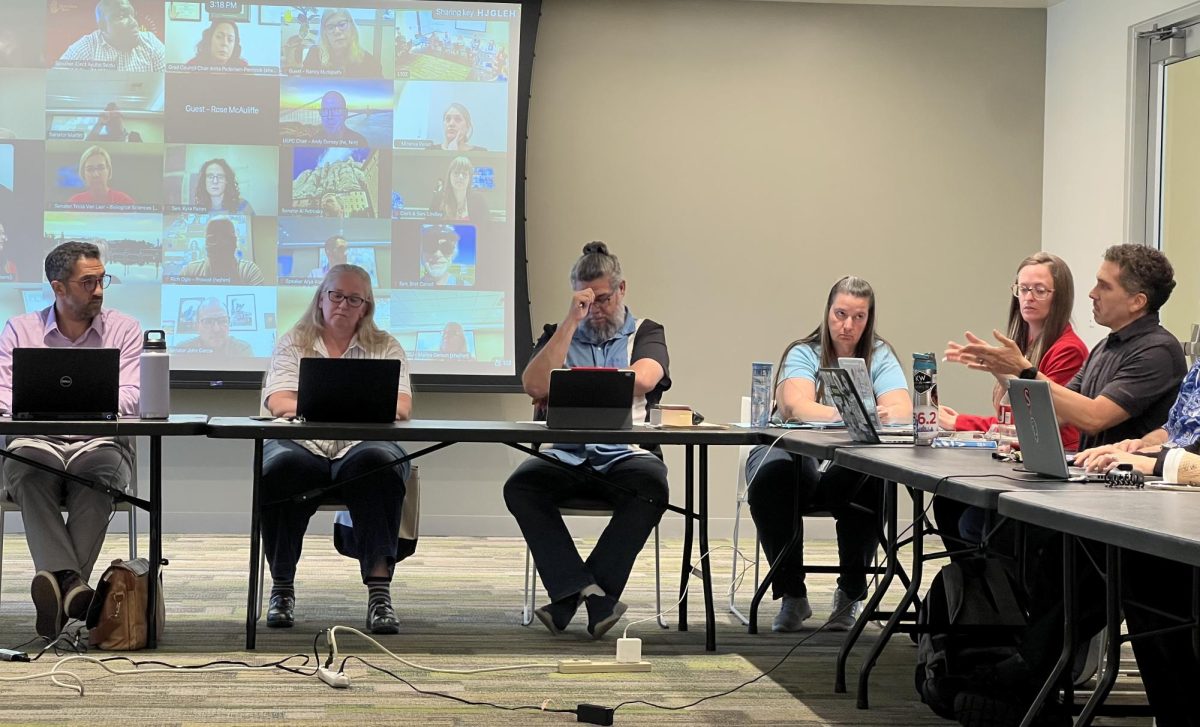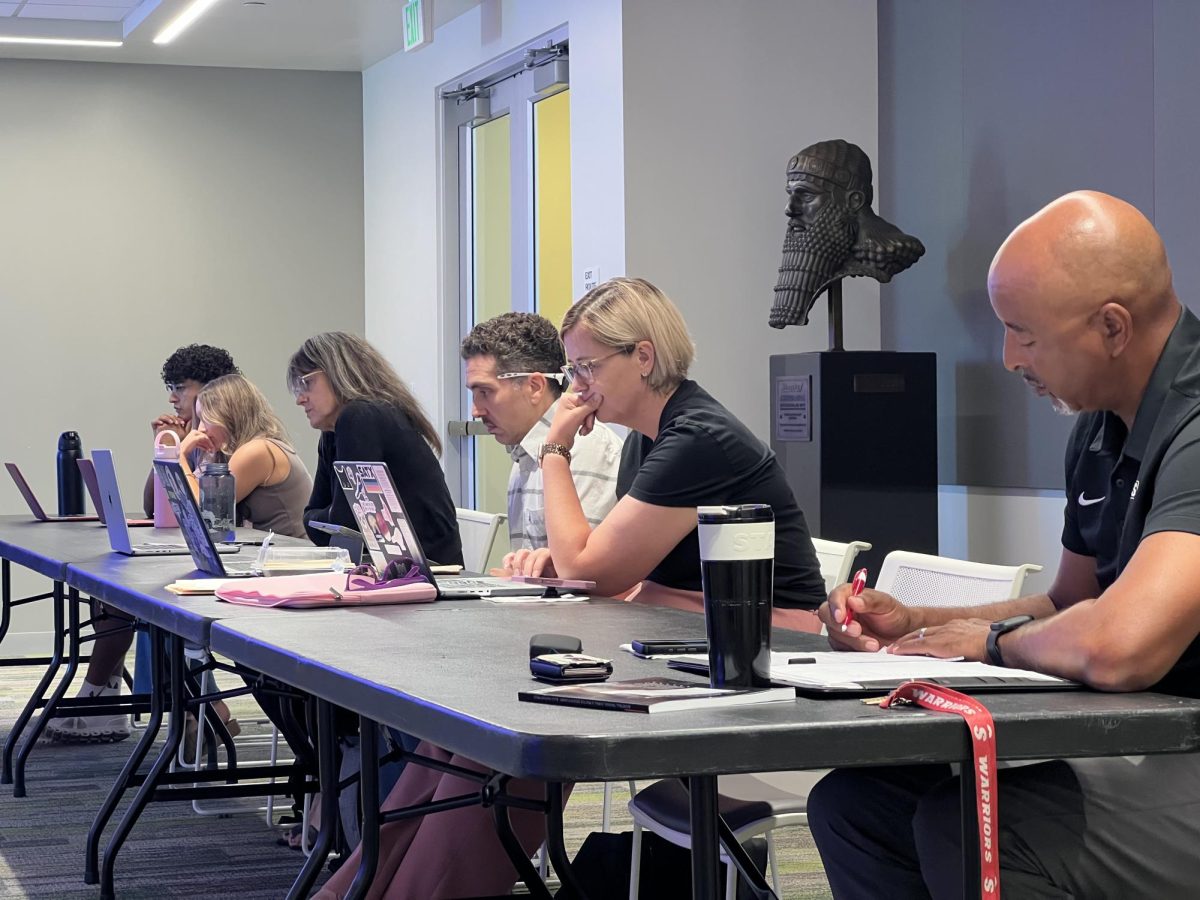With graduation just around the corner, many of our Stan State students may be thinking about what’s next after they leave the title of “student” behind. Finding employment post graduation can be an intimidating process, but Stan State’s Career and Professional Development Center is here to help.
Associate Director of the Career and Professional Development Center, Evelyn Ramos, has some helpful advice for anyone who is starting to plan for their future careers, post graduation.
Ramos emphasizes that it’s never too late to start preparing for your future career. “Not a lot of people think there’s much to do before graduation, but that’s really when you want to get started.”
For example, Ramos encourages students to start developing their resumes as soon as possible. It’s not enough to simply have a resume. In order to secure employment, you have to have a quality resume. This is where the Career Center can help.
“We encourage students to come in and meet with us to get a critique… having another set of eyes can really help build it up. Oftentimes students miss out on some of the experiences that they can be listing,” says Ramos.
Ramos comments that students often feel discouraged by their lack of work experience, but she explains that this is generally not a problem. “I think the key thing for students to know is that experience doesn’t always mean paid experience.”
If you have done volunteer or internship work, this is valuable experience to include on your resume. “How you sell it is what makes the difference because everyone has experience, it may not be paid formal experience, but it’s still experience.”
One source of experience that most students have are the opportunities made possible through their major. “The projects that are made available through your program are intended to help you build communication skills, team work, adaptability, and flexibility. So oftentimes students will leave that off of their resume, but if that’s where you have most of your experience, you’re probably leaving a lot out.”
Another thing that students can be doing while in school is researching job listings that they plan on applying to in the future. “Start looking at job postings, not necessarily to apply, but it helps to know what people are looking for because if you don’t know what people are looking for, you’re not going to feel confident in your marketing….know what skills they are asking for and just start building your professional network,” says Ramos.
Antonio Garcia (junior, Spanish) is a Stan State student who works for a nonprofit called SkillsUSA, which helps students prepare for the world of work. Garcia agrees that doing your research before you pursue a career is important. “Find out the certifications needed. It doesn’t make sense to pursue a career and not know where to start,” says Garcia.
When searching for job listings, Ramos warns students against limiting their options by their major. Instead, search for jobs within your general interests. “There are only 45 majors at Stan State, there are not only 45 job entries… know that your major doesn’t limit you. The key thing is to identify what skills do I want to be using, who do I want to be working with, and what environments would provide that? So I can start looking there.”
Students can use platforms such as LinkedIn or HIREStanState (powered by Handshake) to search for job listings. These resources are also excellent for building professional networks.
“LinkedIn is a wonderful networking opportunity to reach individuals with similar career interests. Plus they usually post interesting articles or career opportunities,” says Garcia.
Ramis explains that building a relationship with professionals in the field that you hope to work in is another useful step that you can take before graduating. First, by interviewing those professionals, students can learn about their job classifications. Students can form these relationships through sites such as LinkedIn, or through attending job fairs.
“It helps if you know the classifications within the industries. One way to research that would be by talking to folks who are within those jobs,” says Ramos. Knowing the classifications will help you know what keywords to use when searching for a job.
For those who are feeling overwhelmed or discouraged by their job search, Ramos has some words of advice. “Remember that the search can take some time… just give yourself some time to take a break. You don’t have to search everyday. Give yourself some goals.” For example, students could aim to apply to three jobs a week or spend an hour working on improving their LinkedIn profile each week.
One Modesto local, Roma Raje (junior, Business Administration) who is currently a student at Cal Poly, explains how working on her LinkedIn has helped her in her efforts to prepare for the future. “Every single internship I have applied for has asked for my LinkedIn, so I feel like working on my LinkedIn profile has helped me put my best foot forward in career preparation because I think it makes me look like a good candidate.”
Although it can be frustrating to fill out so many applications and go to all of the interviews, Ramos encourages students to keep going. Sometimes it will take quite a while for the right job to come along.
“If you do find that you’re applying and you’re not getting any calls, it could be that your marketing materials are not showcasing your skills well, so that would be something to look at,” says Ramos. She adds, “Definitely connect with us if you want to talk about how the search is going for you. We might be able to see something that you’re missing or give you some additional ideas.”
For students who are interested in getting help from the Career and Professional Development Center, their drop-in hours are on Tuesdays and Wednesdays from 1:30 p.m. to 3:00 p.m. and on Thursdays from 10:30 a.m. to 12:00 p.m. Students can access the Zoom link here.

